This storm has 1 million lightning strikes a year.
Do you like storms? If you do, there is a perfect place for you. This place is just above a swampy patch of Northwestern Venezuela, where the river Catatumbo meets with lake Maracaibo. Catatumbo lightning appears almost every night with average 28 lightning strikes per minute and up to 10 hours at a time. The highest volume at Relámpago del Catatumbo can be up to 3,600 bolts in one hours, which means one per second.
Catatumbo lightning has been around for thousands years. The original name was rib a-ba or “river of fire”. The name was given by the native people in the region. The lightning was very popular with Caribbean sailors in colonial times because of the brightness and visibility up to 400 kilometers (250 miles) away. However, this was not the only “use” of the light, that this lightning got. It played huge role in South American history, helping at least two invasions of Venezuela, which took part at night. The first was in 1595 when it illuminated ships which were led by Sir Francis Drake of England. This revealed surprised attack in the city of Maracaibo. The second, probably the biggest one, was during the Venezuelan War of Independence on July 24, 1823. The lightning revealed sneaky Spanish fleet which was trying to get to the shore. This gave the Adm. José Prudencio Padilla enough time to fend off the invaders.
But how is it possible that the lightning is so common in this area? Why is the lightning so colorful?
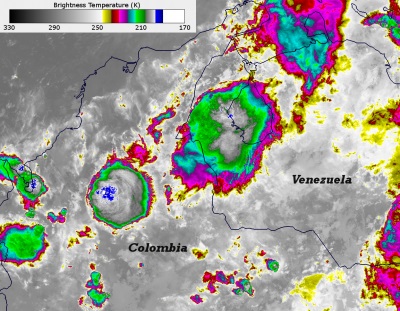
This infrared image shows the intense convection that occurs around Lake Maracaibo. The large central circle is the Relampago del Catatumbo. (Image courtesy of NOAA/CIRA VIIRS)
The only thing that scientists know now for sure, is that the regular lightning just happens to happen more often than anywhere else as a result of local topography and wind patterns. The warm winds blowing from the Caribbean sea surrounding lake Maracaibo from one side collide with cool air from the Andes, forcing them upward till they create thunderclouds. One of the theory states, that it could be result from the methane from Lake Maracaibo.
But does the methane play any role at all? It is known, that there are major oil deposits below Lake Maracaibo and methane sometimes bubble up in certain areas of the lake. These bubbles are particularly visible near three epicenters of the lightning activity. This was not proven, but it is good start. The colors of Catatumbo Lightning have also been attributes to methane but this theory is a bit wilder.
[sc:ad-text]
For better image of Catatumbo lightning, check out this video:
source: mnn.com
[sc:end t=”An Everlasting Storm – Catatumbo lightning”]

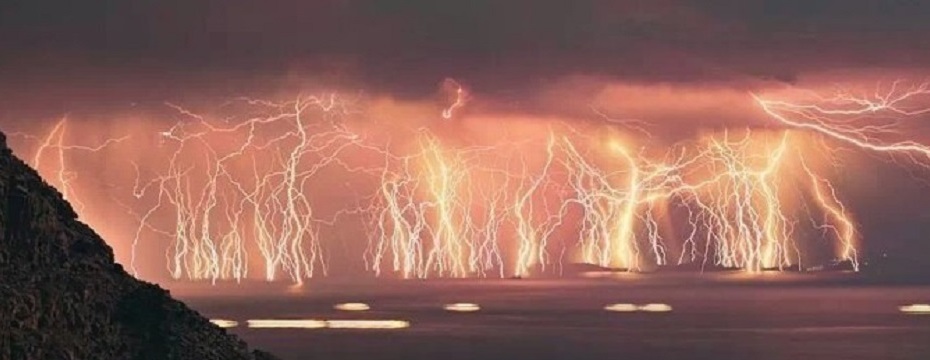

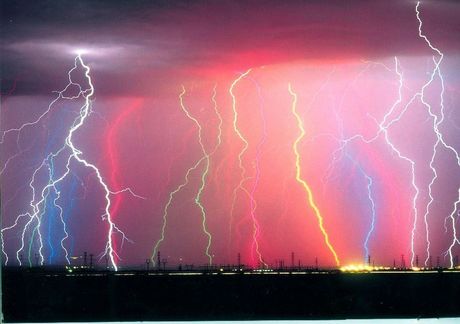
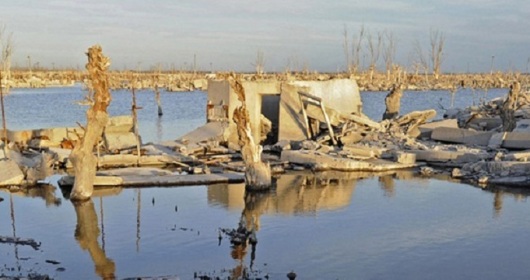
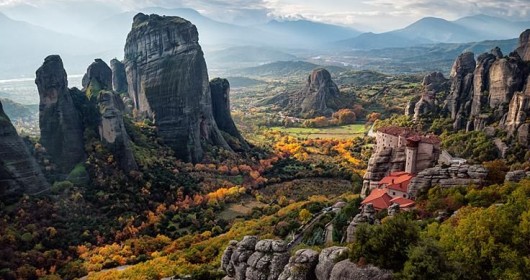
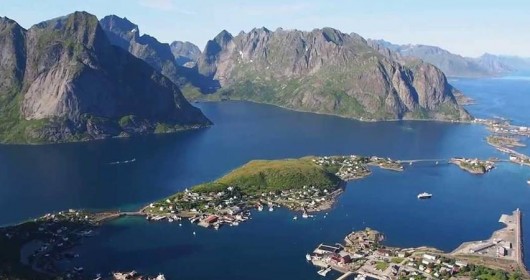
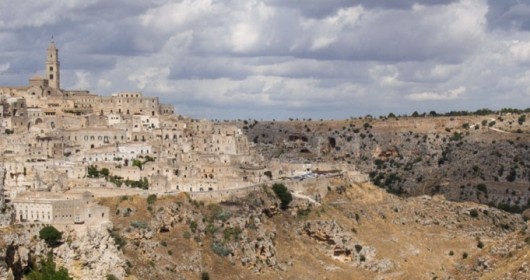
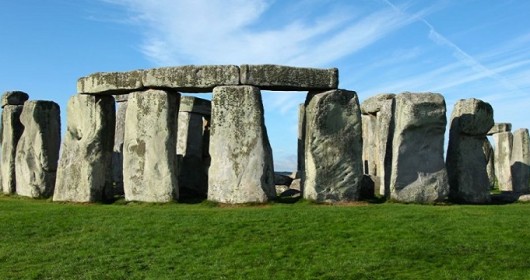
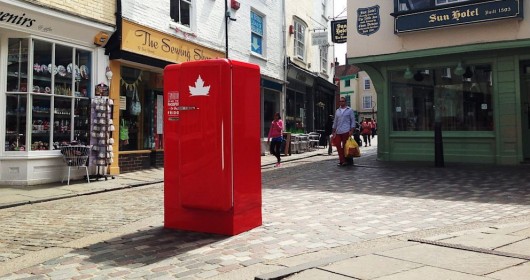
Leave a Reply